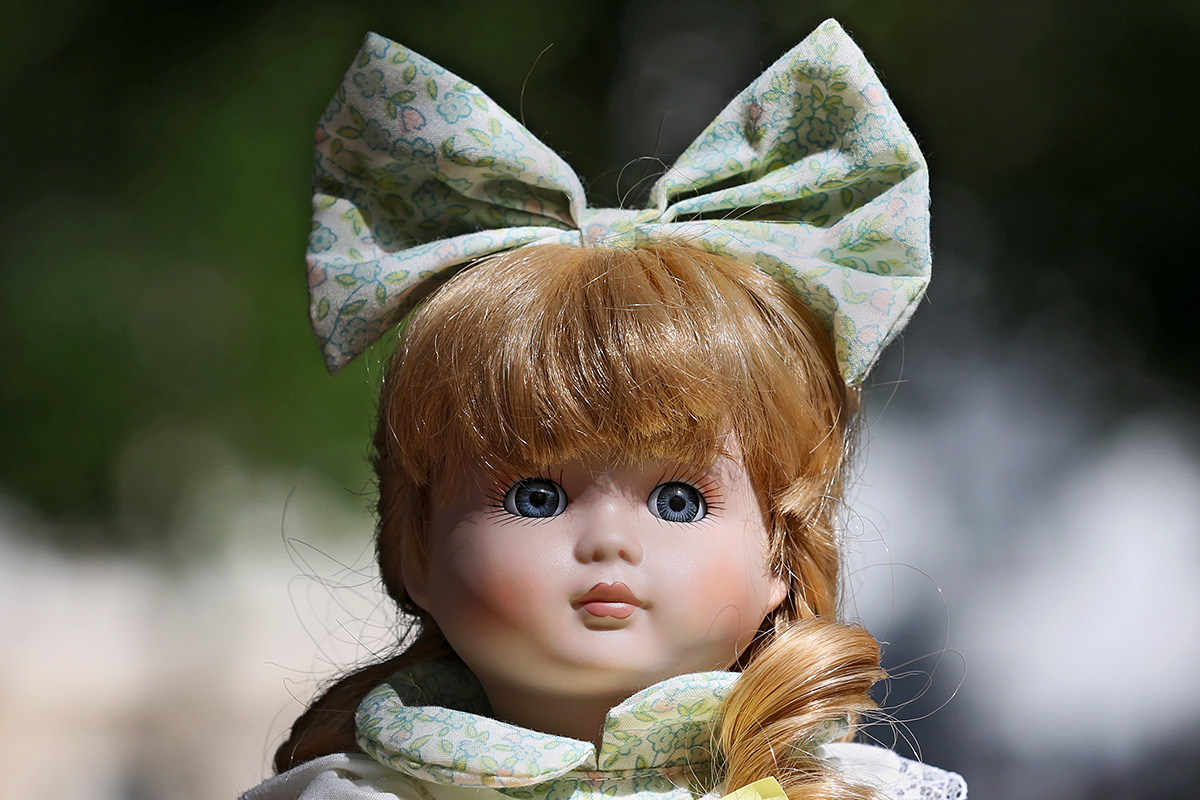Dolls are known in all cultures; they are one of the oldest and most widespread toys. In its most basic form a doll is a cone-shaped figure made of natural materials.
Wood is the oldest material used for making dolls for sale. A mixture of paper, sawdust, plaster and glue was developed around 1800 as a cheap alternative. Heads were pressed in papier mâché after 1810, while bodies were made of a soft material and then stuffed. Later an overlay of the papier mâché head with wax gave them a more lifelike appearance. After 1830 porcelain manufacturers started serious production of dolls; after 1870 wigs and glass eyes became common. Beginning in 1880, some manufacturers began to sell dolls that could close their eyes. The synthetic material celluloid was discovered around 1870 and was soon used for doll manufacture. More durable materials such as vinyl and plastic overtook celluloid in the second half of the twentieth century
The oldest dolls represented well-dressed women. Around 1850 the first infant dolls appeared with round heads and soft bowed limbs. The golden age of doll manufacturers was 1860 to 1890, when new and elegant types were constantly being produced. Also at this time mechanical dolls which could walk, sing and dance were invented.
[First part of my summary of the online article ‘<a href=”http://www.faqs.org/childhood/Co-Fa/Dolls.html“>Dolls – History, Materials, Doll Types, Role Models, Conclusion</a>’]
